Entry Category: Architecture
 Cornish House
Cornish House
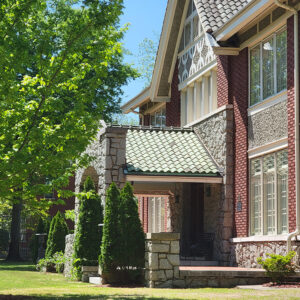 Cornish House Porch
Cornish House Porch
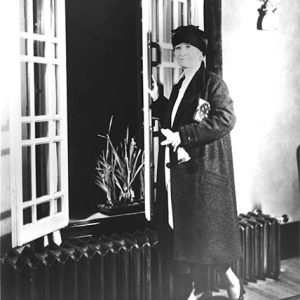 Hilda Cornish
Hilda Cornish
Cottage Courts Historic District
Cotton Belt Railroad Depot
Couch-Marshall House
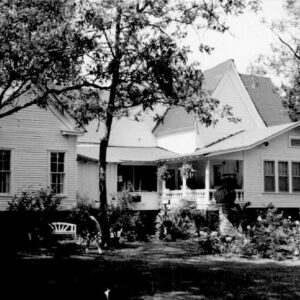 Couch-Marshall House
Couch-Marshall House
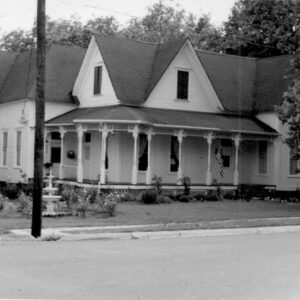 Couch-Marshall House
Couch-Marshall House
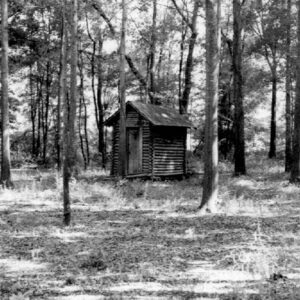 Couch-Marshall House Outbuilding
Couch-Marshall House Outbuilding
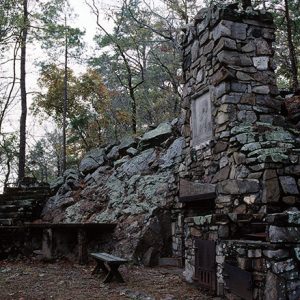 Couchwood Historic District
Couchwood Historic District
Cove Lake Bathhouse
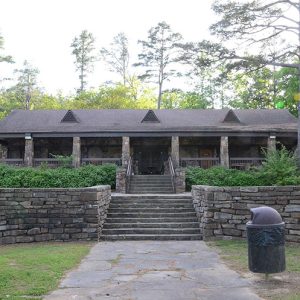 Cove Lake Bathhouse
Cove Lake Bathhouse
Craighead County Courthouse, Western District
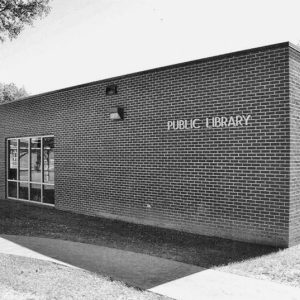 Craighead County Jonesboro Public Library
Craighead County Jonesboro Public Library
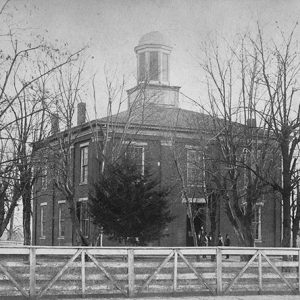 Crawford County Courthouse
Crawford County Courthouse
 Crescent Hotel
Crescent Hotel
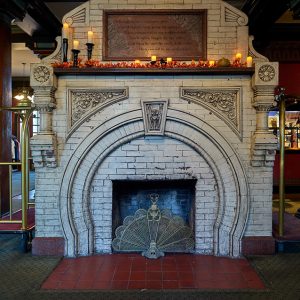 Crescent Hotel Fireplace
Crescent Hotel Fireplace
Crittenden County Courthouse
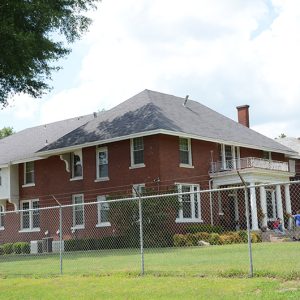 Florence Crittenton Home
Florence Crittenton Home
 Crittenton Home Funding Editorial
Crittenton Home Funding Editorial
Cromwell Architects Engineers, Inc.
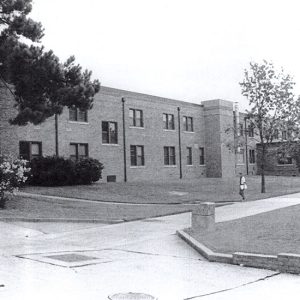 Cross and Nelson Hall Historic District
Cross and Nelson Hall Historic District
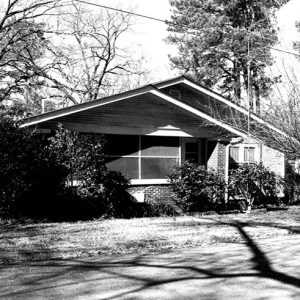 CSHD Home
CSHD Home
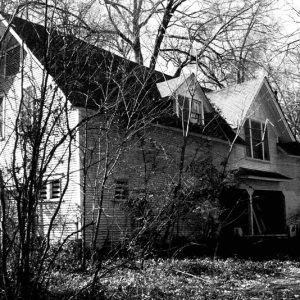 CSHD Home
CSHD Home
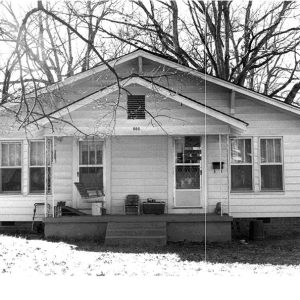 CSHD Home
CSHD Home
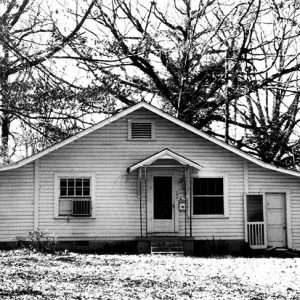 CSHD Home
CSHD Home
 CSHD Home
CSHD Home
 CSHD Home
CSHD Home
 CSHD Home
CSHD Home
 CSHD Home
CSHD Home
Curran Hall
aka: Little Rock Visitor Information Center
aka: Walters-Curran-Bell House
D. L. McRae House
Dairyman’s Bank Building
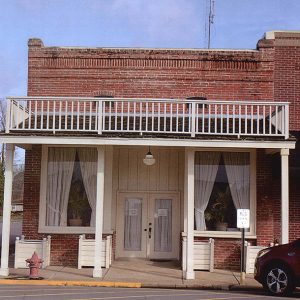 Dairyman's Bank Building
Dairyman's Bank Building
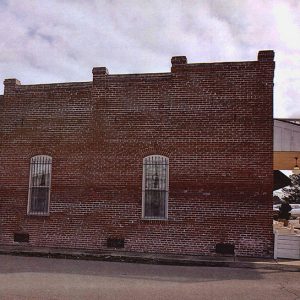 Dairyman's Bank Building
Dairyman's Bank Building
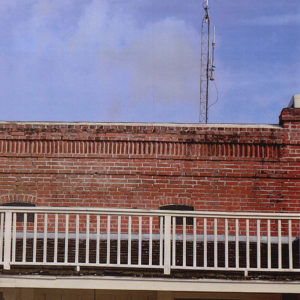 Dairyman's Bank Detail
Dairyman's Bank Detail
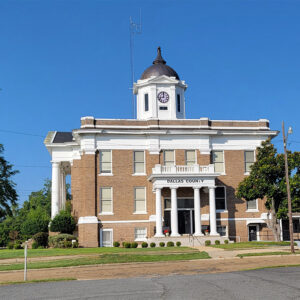 Dallas County Courthouse
Dallas County Courthouse
Dallas County Courthouse
Dallas County Training School High School Building
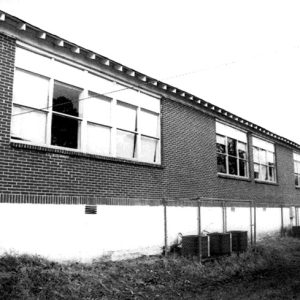 Dallas County Training School High School Building
Dallas County Training School High School Building
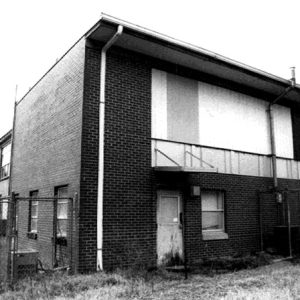 Dallas County Training School High School Building
Dallas County Training School High School Building
 Dallas County Training School High School Building
Dallas County Training School High School Building
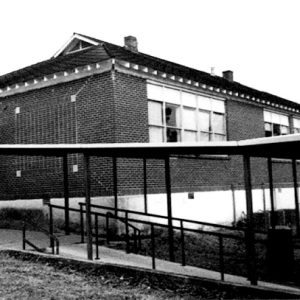 Dallas County Training School High School Building
Dallas County Training School High School Building
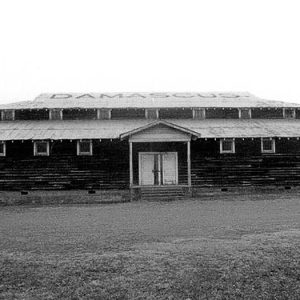 Damascus Gymnasium
Damascus Gymnasium
Damascus Gymnasium
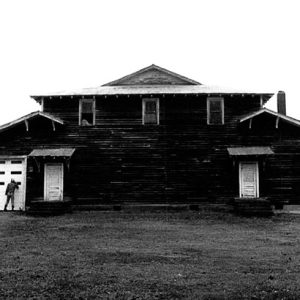 Damascus Gymnasium Rear
Damascus Gymnasium Rear
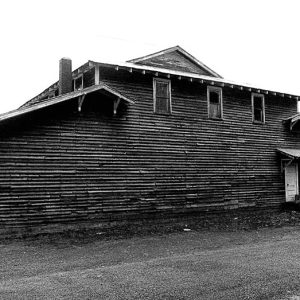 Damascus Gymnasium Side
Damascus Gymnasium Side
Dante House
 Dante House
Dante House




